The United States stamp Scott #12, a unique addition to the 3-cent George Washington series, plays an interesting role in American philatelic history. It was the first time since Scott #1 that the Postal Service issued a 5 cent stamp.
Design & Print
Scott #12 features a vignette of Thomas Jefferson, marking a departure from the previous exclusive use of George Washington and Benjamin Franklin’s busts on U.S. stamps. This choice of Jefferson, possibly influenced by his popularity in France during his tenure as ambassador, adds a distinctive character to the stamp.
Scott #12 is a Type I design, showing projections of the frame on all four sides. Type II only has projections on the left and right sides, and the top and bottom are flush. Type II only comes on the perforated issues of 1857.
Postal Usage
Issued in 1856, Scott #12 emerged at a time when the postal rate for a registered half-ounce letter abroad was set at 5 cents. This rate, known as the “ship to shore” rate, was typically expected to be paid in cash, and the use of stamps was not mandatory. The necessity of Scott #12’s issuance is intriguing since there was no explicit 5-cent rate requirement, except for the specific ship to shore rate to France. The majority of Scott #12 stamps on cover, of which only about 350 exist, were addressed to European destinations, predominantly France. This is likely due to the significant French heritage in New Orleans, where most of the stamps were used. Covers addressed to European countries other than France, as well as those with postmarks from cities other than New Orleans and Boston, are particularly notable due to their rarity.
Identification
Scott #12 is characterized by its uneven distribution among post offices and the subsequent rarity of certain postmarks. The majority of these stamps were sent to New Orleans, with a smaller allocation to Boston, making postmarks from other cities a subject of premium value. Grid postmarks also enhance the stamp’s value. Domestic use of Scott #12 is less common and thus carries a premium, as does the usage of multiples of three, which were often used to pay the higher 15-cent foreign destination rate. The identification of Scott #12 requires careful examination of postmarks and usage patterns, with particular attention to non-New Orleans and non-Boston postmarks and grid cancellations.
Scott #12 holds a unique place in U.S. postal history, characterized by its distinctive design featuring Thomas Jefferson, its specialized postal usage for the ship to shore rate to France, and the specific nuances in its distribution and postmarking that contribute to its identification. Understanding these aspects is essential for philatelists and historians to accurately categorize and appreciate Scott #12 within the broader context of American philately.

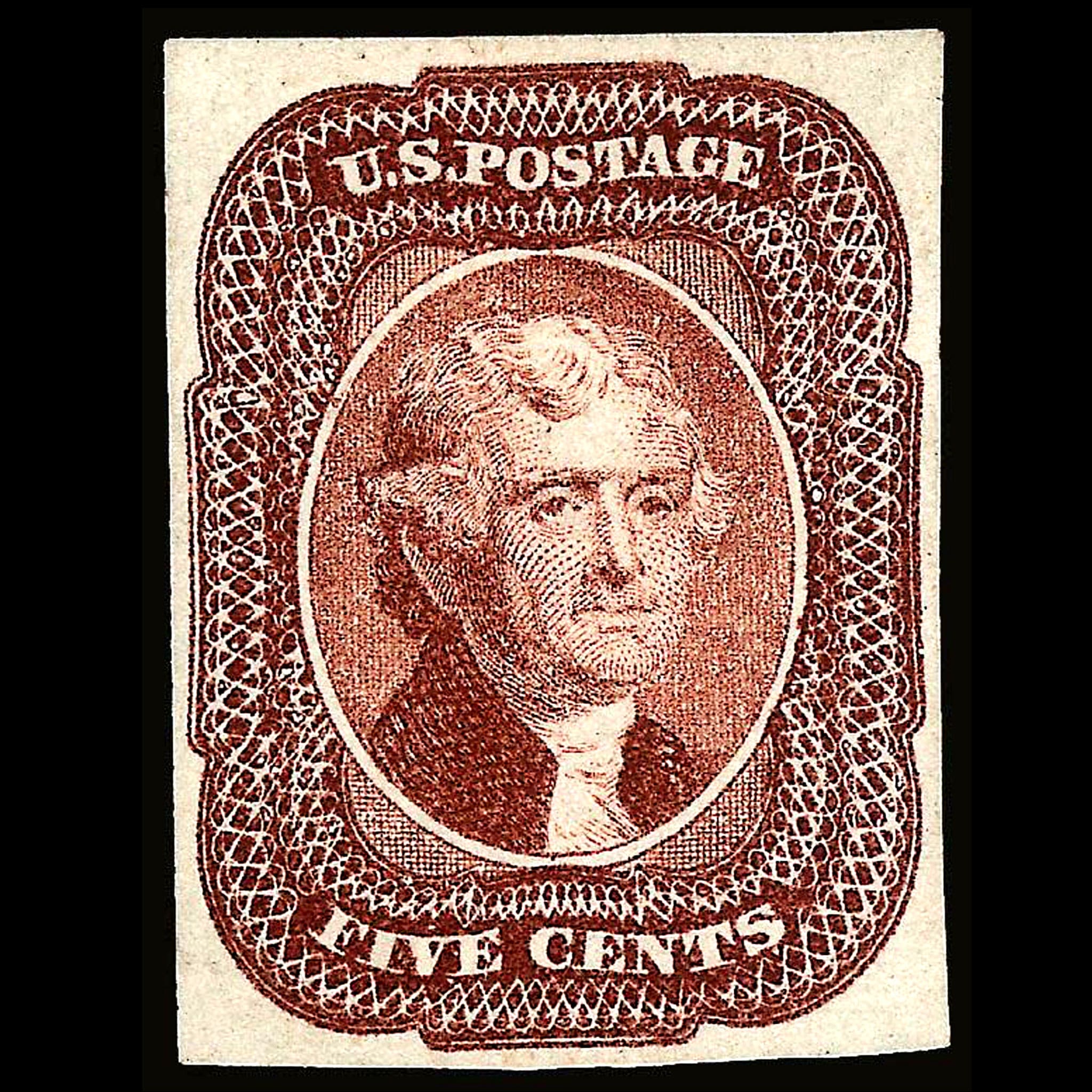

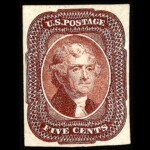

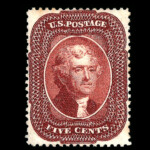
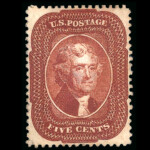
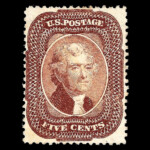
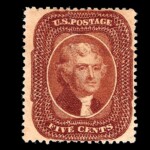
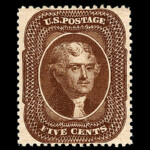
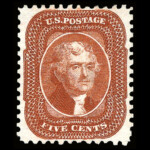
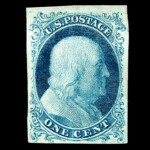
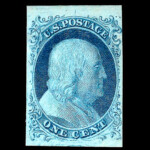
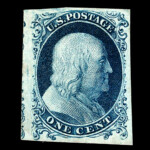
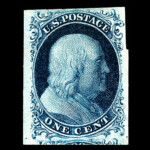
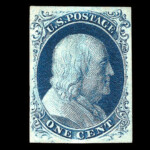
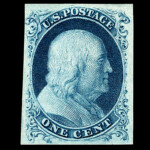
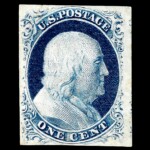

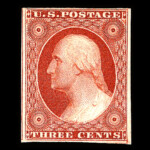
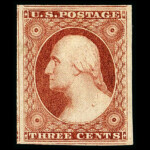
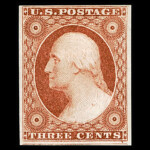
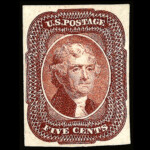
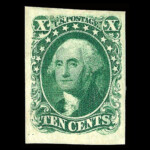
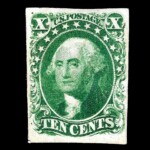
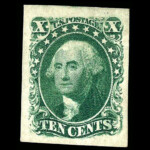
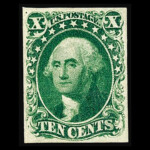
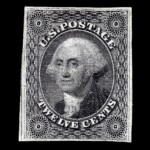









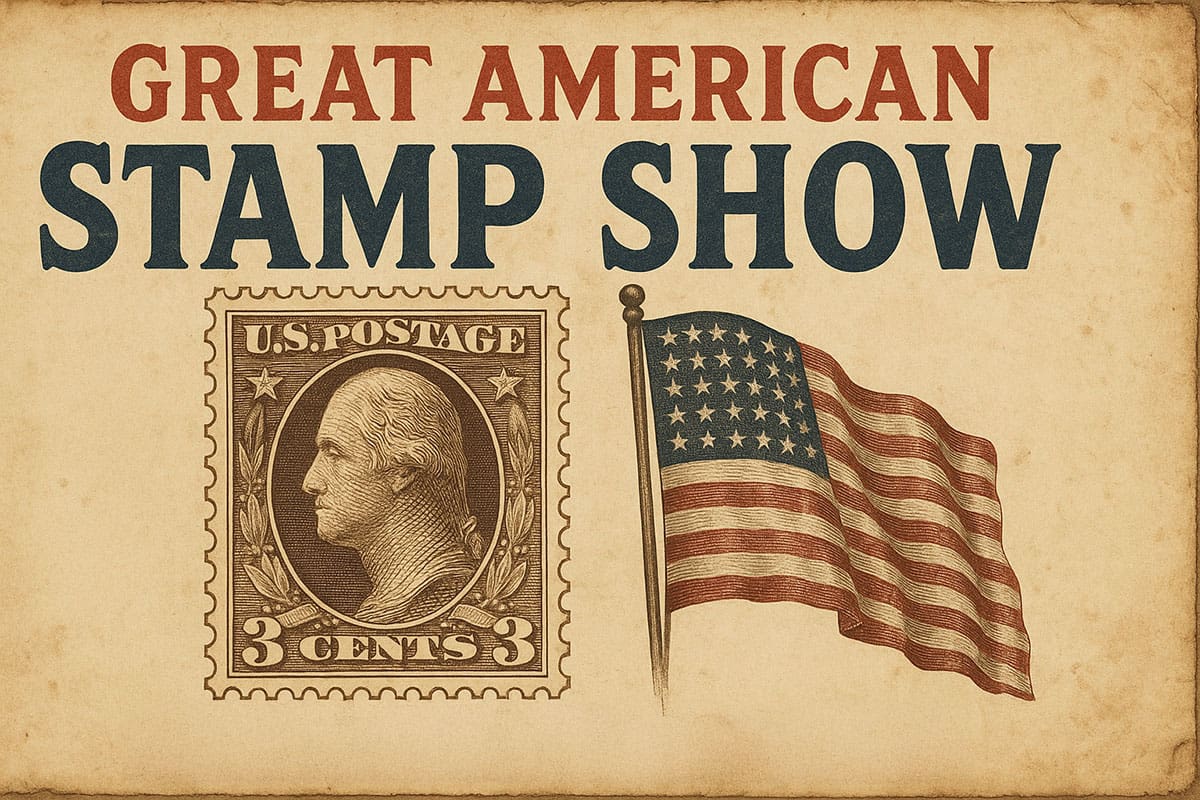


Ask A Question Or Leave A Comment